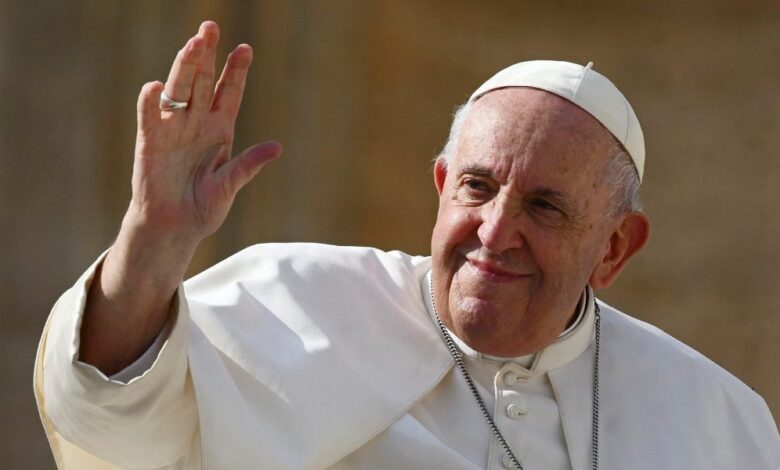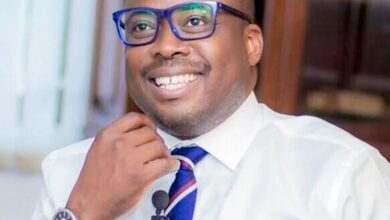What happens after the death of Pope Francis

The Vatican is no stranger to grief — it is a place where tradition meets eternity. And now, with the passing of Pope Francis, the world not only mourns a spiritual leader but witnesses the unfolding of sacred protocol dating back centuries.
Behind the scenes, the first man to act is the Camerlingo — the Vatican’s Chamberlain. Though a cardinal, his role in this moment transcends ecclesiastical duties.
He becomes the custodian of the Church’s temporal affairs, the one to officially confirm the Pope’s death.
In keeping with tradition, the Camerlingo stands over the late pontiff’s body and calls out his baptismal name three times.
Silence seals the moment. With no response, Pope Francis is declared dead. There will be no autopsy, no medical probe.
The Vatican’s laws are clear — such procedures are not permitted. A death certificate is issued, and from that moment, the Church enters Sede Vacante — the seat is vacant.
One of the first visible signs of this transition is the sealing of the papal apartments. Once done to deter looting, it now symbolizes the closing of a chapter and the securing of the Pope’s final will and personal belongings.
Perhaps the most poignant gesture follows: the destruction of the Ring of the Fisherman — a signet worn by the Pope and used to seal official documents.
Revered by Catholics who bow to kiss it in solemn devotion, the ring is cut by the Camerlingo in the presence of senior cardinals.
It’s not just ceremonial — it’s a safeguard against misuse. The cutting signifies the end of the Pope’s authority on earth and the beginning of the interregnum.
Before the world is told, a select few must first be informed — including the Cardinal Vicar who oversees the Diocese of Rome.
The Church moves with quiet deliberation, ensuring its ancient order is respected even in the wake of loss.




